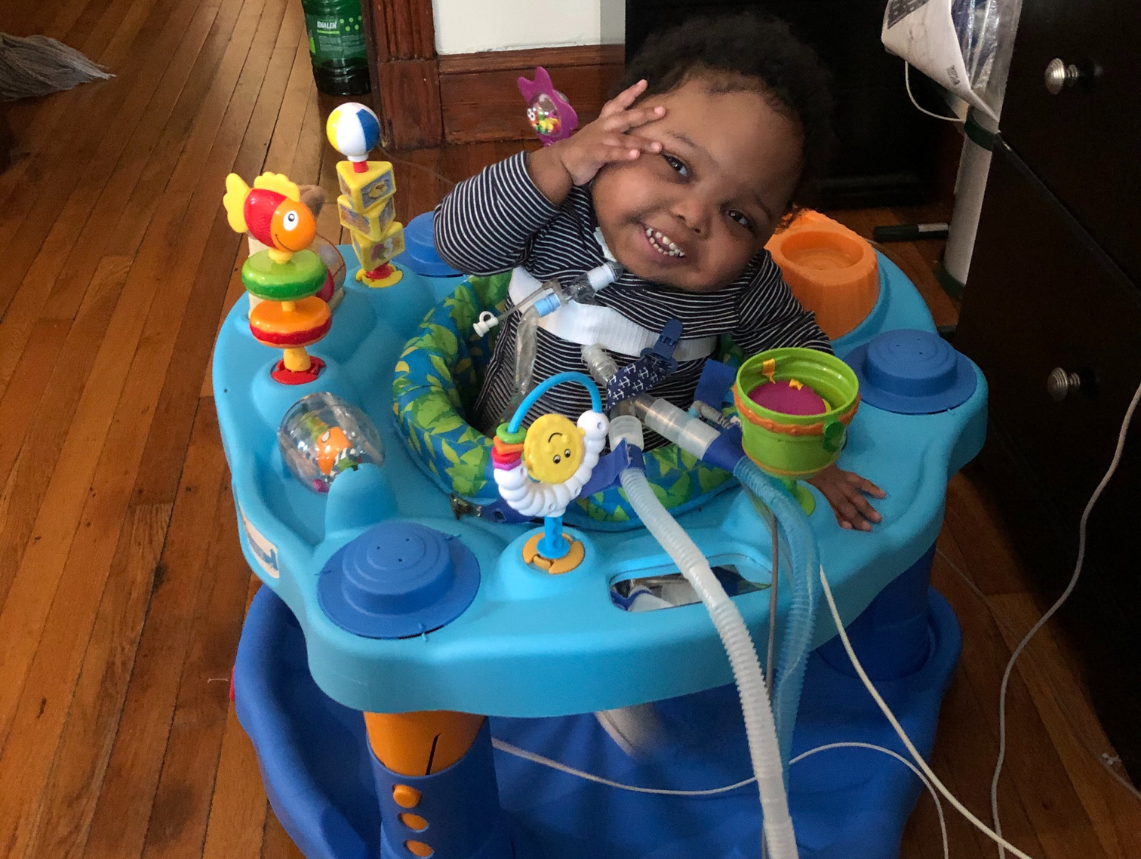Decision-Making
You as a loving parent want to help and protect your child, which includes making decisions on their behalf. Over the course of their illness you will be prompted to consider some very difficult questions regarding clinical issues and your goals of care. Some of these will feel big and not easy to make. Others may seem more obvious to you. Optimally, you and the clinicians can work together to talk about options for managing the issues and together make decisions that work for your child and family. This process is commonly referred to as shared decision-making.

Your Team:
A specialist whose aim is to improve the quality of life of their patients over the course of their illness regardless of stage, by relieving pain and other symptoms of that illness.
A mental health professional who uses therapy and other strategies to support coping and adjustment and treat concerns regarding social, emotional, or behavioral functioning.
A trained professional who works with people, groups and communities to help them better their lives.
A member of the clergy who is responsible for the religious needs of an organization and/or its constituents.
An individual who leads and/or guides individuals or groups coping with life experience and challenges.
A medical professional who practices general medicine.
Your child’s medical team will describe options and may recommend a course of treatment. A palliative specialist, psychologist, social worker, chaplain, spiritual leader or your child’s primary physician can provide a space for talking through how to make decisions with your goals of care at the center.
Conversations often produce many perspectives, interactions and reactions. Understanding different styles of communicating will help you feel more confident and effective in advocating for your child and family. The CPN guide “A Framework for Sharing Decision-Making with Your Child’s Clinicians” explains these styles and how to identify and understand your own preferences.
“Sometimes the fear of the uncertainty is because it is so vast…it’s so big, it feels like it could go in any possible direction…sometimes I find it helpful to be concrete, let’s talk about…the possible outcomes, which one of the outcomes would be unacceptable to you, and how does that inform what we are deciding today.”
– Kate N., clinician
Principles of Shared Decision-Making
- Sometimes there is only one option that is likely to achieve the outcome you hope for. At these times decisions really can’t be shared.
- In many cases there are several potential options to consider, and different families will
make different choices. - Sometimes there is no clear path to the hoped-for outcome. In this case moving forward
depends on your goals for your child and family. - In most cases you can ask for time to decide, even if it’s only five minutes. However,
sometimes there aren’t even five minutes. In this case you probably need to defer to
and trust the clinicians.
Decisions and Regret
Related Resources
-
 How parental decision-making changes over time: growing confidence and a familiarity with how it feels that makes it feel more tolerablevideo
How parental decision-making changes over time: growing confidence and a familiarity with how it feels that makes it feel more tolerablevideo -
 Shared Decision-Making: When parents ask the doctor for a recommendation.video
Shared Decision-Making: When parents ask the doctor for a recommendation.video -
 Framework for Sharing Decision-Making with Your Child’s Cliniciansguide
Framework for Sharing Decision-Making with Your Child’s Cliniciansguide -
 Decision-making about a trach for my son: palliative care appreciates that it can be a loving decision not to do everything.video
Decision-making about a trach for my son: palliative care appreciates that it can be a loving decision not to do everything.video -
 The notion of REVERSIBILITY to inform decision-making; and asking “Has it gotten harder for this child to live in their body?”video
The notion of REVERSIBILITY to inform decision-making; and asking “Has it gotten harder for this child to live in their body?”video -
 MD-Parent Alignment, Guided Recommendations and Trustvideo
MD-Parent Alignment, Guided Recommendations and Trustvideo